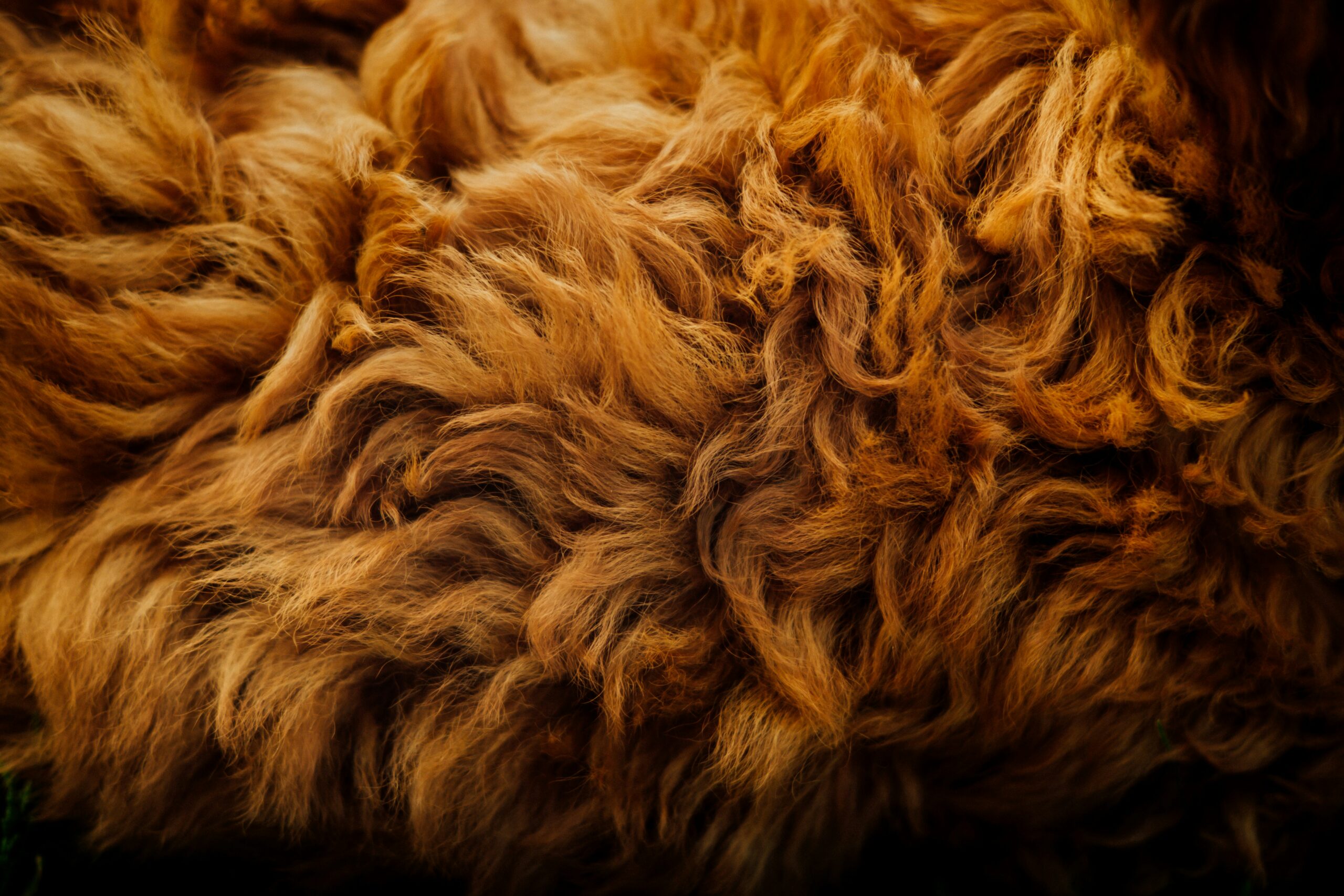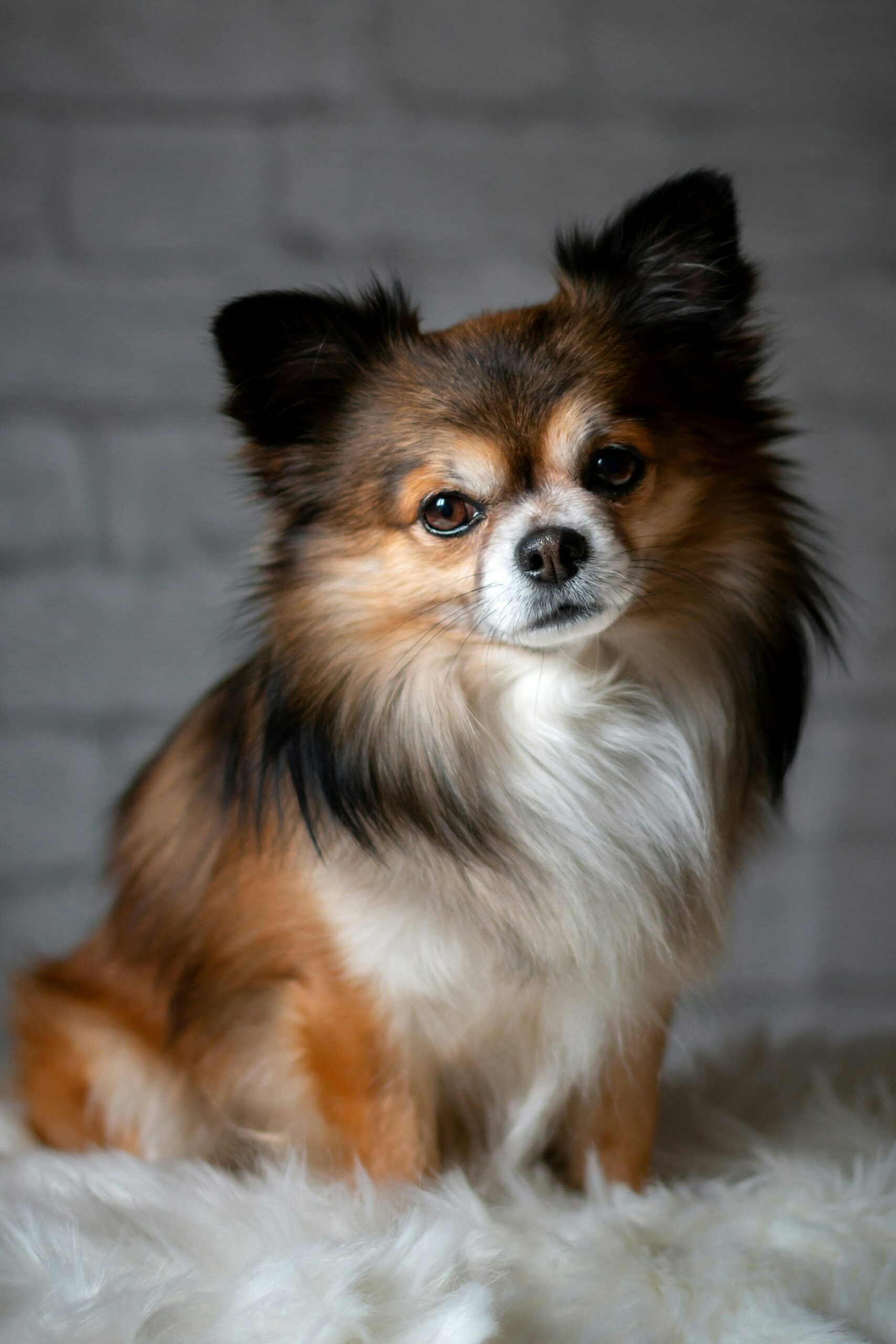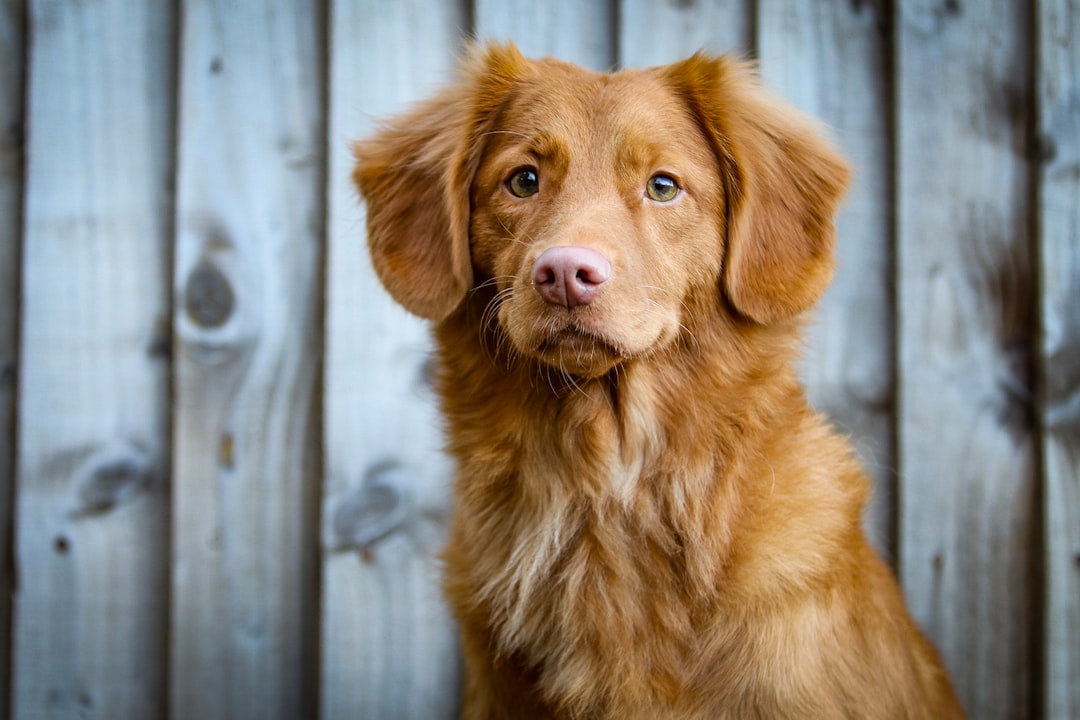- You are here:
- Home »
- Blog »
- Boston Dog Trainer »
- Unraveling the Genetic Tapestry: Evolutionary Insights into Dog Fur and Hair
Unraveling the Genetic Tapestry: Evolutionary Insights into Dog Fur and Hair
Unraveling the Genetic Tapestry: Evolutionary Insights into Dog Fur and Hair
This article provides an overview of the evolutionary adaptations of dog fur and hair, including the genetic determinants of coat characteristics, differences between fur and hair, coat color patterns, environmental and ethical implications, and the grooming needs across different dog breeds.
Overview of Dog Fur Evolution
Dog fur evolution is a fascinating subject influenced by genetic variations in key genes such as R-spondin-2, FGF5, and keratin. These genes play a critical role in determining the wiriness, length, and curliness of dog fur. Different mutations in these genes lead to variations in hair characteristics, contributing to the vast diversity seen in dog coats. The genetic diversity within created canid kinds has evolved over time, resulting in various coat types that serve different purposes and adapt to various environments.
One specific example of genetic influence on dog fur evolution is the discovery that differences in the R-spondin-2 gene encode a protein for wiry hair, impacting the texture of certain dog breeds. Similarly, mutations in the FGF5 gene correlate with longer hair in specific breeds, affecting coat length variation. Additionally, a study on Portuguese water dogs revealed that differences in the keratin gene cause curliness in their coats. These genetic determinants highlight the intricate mechanisms that drive the evolution of dog fur.
Genetic Determinants of Dog Coat Characteristics
Understanding the genetic determinants of dog coat characteristics provides valuable insights into the diversity of canine fur and hair. The gene R-spondin-2, for instance, plays a key role in determining the texture of dog fur, particularly wiry hair in certain breeds. In contrast, mutations in the FGF5 gene are associated with longer hair in specific breeds, contributing to variations in coat length among dogs. Moreover, a study on Portuguese water dogs identified a difference in the keratin gene as a factor influencing the curliness of their coats.
The genetic variations within these key genes demonstrate how specific mutations can lead to distinct coat characteristics in different dog breeds. By unraveling the genetic determinants of dog coat traits, researchers can gain a deeper understanding of the mechanisms underlying the evolution of fur and hair in canines. These genetic insights shed light on the complex interplay between genes and phenotypic traits that shape the diverse coat types observed across various dog breeds.
Differences Between Dog Fur and Hair
Fur and hair in dogs serve different purposes and exhibit unique characteristics that are essential for the animals’ survival and adaptation. Fur is primarily designed for thermal regulation and protection, providing insulation against harsh environmental conditions. In contrast, hair serves sensory functions and camouflage, aiding dogs in detecting their surroundings and blending into their habitats. While both fur and hair are composed of keratin, they differ in their organization and density, which impacts their insulation properties and overall texture.
An illustrative example of these differences can be observed in the textures of fur and hair. Fur, with its coarse and dense structure, offers enhanced protection against external elements and helps dogs maintain their body temperature in diverse climates. On the other hand, hair exhibits a wide range of textures that cater to various sensory needs and adaptations, allowing dogs to perceive their environment more effectively. Understanding these distinctions between fur and hair is crucial for comprehending how dogs have evolved specialized coat types to thrive in different environments and fulfill specific survival functions.
Coat Color Patterns and Evolutionary Connections
Recent genomic research has significantly contributed to our understanding of the coat color patterns of dogs and their evolutionary connections to ancestral species like wolves. For instance, a study on ancient sled dogs in Siberia revealed that these canines possessed black coats, a stark contrast to the white arctic wolves they shared genetic ties with. This discovery sheds light on the intricate genetic mechanisms that have influenced coat color variations in canines over time. Furthermore, investigations into the ASIP gene have unveiled the specific genetic elements responsible for controlling coat color patterns in dogs. By identifying variants in distinct promoters within this gene, researchers have been able to pinpoint the genetic basis of the diverse color patterns seen in different dog breeds.
Moreover, the presence of the dominant yellow allele in both dogs and wolves, existing for at least 2 million years, has been identified as “ghost DNA” originating from an extinct wolf-like species. This fascinating genetic link between modern canines and ancient wolf-like creatures underscores the shared evolutionary history of these species. By delving into the genomes of various dog breeds, scientists have uncovered unexpected correlations in coat colors, further emphasizing the evolutionary relationships between different canine lineages. These revelations not only enrich our knowledge of dog coat diversity but also offer compelling insights into the genetic legacy that connects dogs to their ancestral roots.
Environmental and Ethical Implications of Dog Fur and Hair
The fur and hair industries not only raise significant environmental concerns but also pose moral and ethical dilemmas related to animal welfare. These sectors have a notable impact on waste management, energy consumption, and the utilization of resources, thus necessitating critical discussions on responsible sourcing and the ethical treatment of animals within these industries. For instance, the production of fur coats often involves the use of various chemicals and large amounts of water, contributing to pollution and resource depletion. Conversely, hair products may involve intensive farming practices that can lead to deforestation and habitat destruction, further emphasizing the need for sustainable approaches.
Furthermore, sustainable initiatives within the fur and hair industries encompass a wide array of strategies aimed at mitigating their environmental footprint and ethical implications. These approaches include the promotion of ethical sourcing practices, the development of innovative synthetic materials as alternatives to animal-derived products, and the increasing consumer demand for eco-conscious choices. By fostering a deeper understanding of the environmental and ethical considerations surrounding dog fur and hair adaptations, individuals, businesses, and policymakers can work collaboratively to implement sustainable practices and uphold the welfare of animals involved in these industries. It is imperative to acknowledge the interconnectedness of environmental preservation, ethical treatment of animals, and sustainable practices within the fur and hair sectors to strive towards a more responsible and compassionate future for both the industry and its furry companions.
Adaptations and Grooming Needs Across Dog Breeds
The grooming needs of dogs vary significantly depending on their coat types, reflecting adaptations that have evolved over time. For instance, breeds with double coats, like the Siberian Husky, have an undercoat for insulation and a topcoat for protection, requiring specific grooming techniques to maintain both layers effectively. Understanding these coat adaptations is crucial for tailoring grooming routines to meet the unique needs of different breeds, ensuring their coats remain healthy and functional.
Moreover, the historical development of breed-specific language and terminology has contributed to the complexities surrounding dog fur and hair distinctions, impacting grooming practices. For example, the terminology used to describe coat characteristics can sometimes lead to confusion, making it challenging for pet owners to determine the most suitable grooming methods for their dogs. By clarifying these distinctions and understanding the genetic factors influencing coat types, individuals can make informed decisions about grooming products and techniques that best suit their pet’s specific needs.
In addition to grooming considerations, the allergenicity of different coat types poses challenges for individuals with allergies to pet dander. Hair breeds, such as the Poodle, are often considered hypoallergenic due to their ability to trap allergens effectively, reducing the impact on sensitive individuals. On the other hand, fur breeds may shed more allergens, requiring frequent grooming to minimize allergic reactions. By recognizing the role of coat type in allergenicity, pet owners can proactively manage allergies and create a comfortable environment for both themselves and their canine companions.
Key Takeaways on Dog Fur Evolution
Genetic studies have unveiled the significant roles of specific genes like R-spondin-2, FGF5, and keratin in determining the diverse characteristics of dog coats, showcasing how these genetic variations have played a crucial role in the evolution of dog fur and hair [1, 4]. For instance, the gene R-spondin-2 encodes a protein responsible for wiry hair in certain breeds, demonstrating how genetic determinants influence the textures seen in different types of dog coats. Additionally, the mutation in the FGF5 gene impacting coat length in specific breeds highlights the genetic factors that contribute to variations in hair length among dogs.
Furthermore, the evolutionary history of dog fur and hair provides valuable insights into how these adaptations have allowed canines to thrive in various environments. By understanding the genetic mechanisms behind the development of different coat types, researchers can trace how these adaptations have evolved over time and how they continue to influence the survival and well-being of different dog breeds [1, 4]. This evolutionary perspective not only sheds light on the historical changes in dog coats but also emphasizes the importance of considering these genetic adaptations in modern-day breeding practices and grooming routines to ensure the health and comfort of our canine companions [3, 5]. Additionally, the diversity in coat types resulting from genetic variations showcases the versatility of canid kinds in adapting to different climates and functional needs, further underscoring the intricate relationship between genetics, evolution, and the physical characteristics of dog fur and hair.




